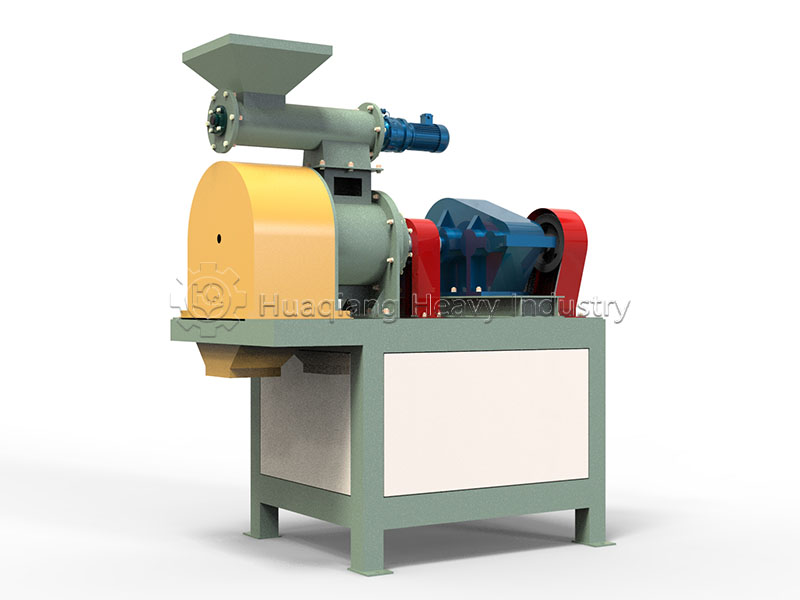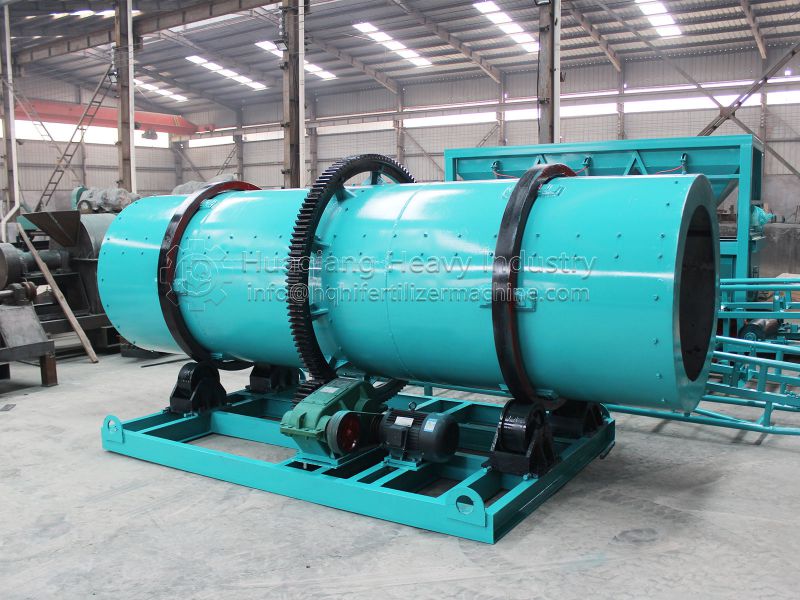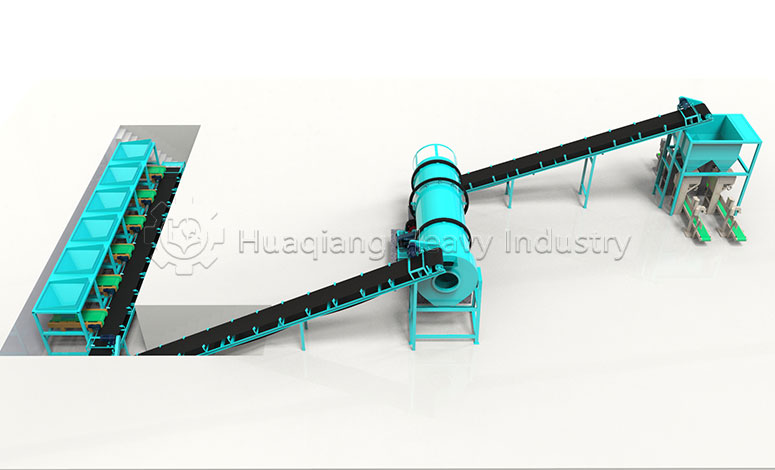In the modern organic fertilizer production line, efficiency is paramount. While traditional fertilizer granulator systems like the rotary drum granulator are common, they often face challenges like low output, high energy consumption, and inconsistent product quality. This is true whether the machine is used as an npk fertilizer granulator or a standard organic fertilizer granulator. Our HP series ring die granulator is specifically engineered to overcome these industry pain points. Designed for high-performance granulation, it integrates seamlessly into a production line that may begin with a wheel compost turner, delivering unparalleled efficiency, superior granule quality, and remarkable energy savings to maximize your operational productivity.
After years of dedicated research and improvement by our engineering team, this machine features a unique gear belt drive system that ensures smoother operation while increasing production efficiency by at least 15%, delivering immediate return on your investment.

Outstanding Performance Specifications
Model HP-450:
- Capacity range: 1-5 tons/hour
- Finished product rate: >95%
- Moisture content: <30%
- Motor power: 30+2.2kW
Model HP-650:
- Capacity range: 5-8 tons/hour
- Finished product rate: >95%
- Moisture content: <30%
- Motor power: 45 (55) +4kW
Why Choose Our Granulator?
- Preserves Nutrients: Unique low-temperature processing technology effectively retains nutritional components in raw materials.
- Superior Product Quality: Smooth surface and moderate hardness make your products highly competitive in the market.
- Easy Operation & Maintenance: User-friendly design reduces training costs and operational difficulties.
- Wide Applications: Suitable not only for organic fertilizer production but also for compound fertilizer and feed processing industries.
Imagine this: While your competitors struggle with inefficient equipment, you’re already producing more high-quality fertilizer products from the same raw materials. This is the competitive edge our HP series ring die granulator brings to your business!
Whether you’re a startup or a large-scale fertilizer producer, this high-efficiency, stable, and easy-to-use granulation equipment will become an indispensable asset to your production line. Contact us today to begin your journey toward more efficient production!



.jpg)





